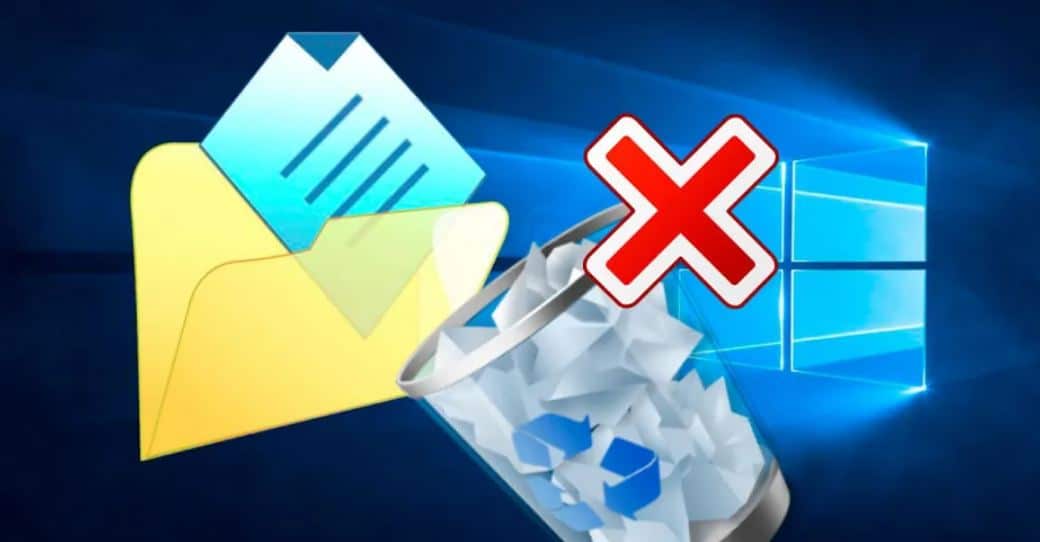In this guide, we explain what the Windows 10 NTUSER.DAT file is for and what happens to our PC if the file is deleted.
Although most of us like to have our computer and folders organized, Windows creates some of its own files that you should never delete.
There are users who, without knowing it, tend to delete unknown files found around folders. Some completely useless because they are either junk or depend on an advanced feature that you will probably never use. But there are others that are of great importance to the system, such as NTUSER.DAT.
NTUSER.DAT is a file that all users have in their personal folders, which you have probably seen in passing. This file occupies 4 MB (depends on the configurations and the installed programs) and, being a data file, it cannot be opened with any program.
This file is hidden by default on our hard drive (one reason will be). To see it, you have to activate the option that allows showing only hidden files in Folder Options.
What is the NTUSER.DAT file for and can it be deleted?
Most Windows settings are done directly in the Windows registry. However, there are some settings that are not saved as in the registry to avoid problems but are saved in a separate file, NTUSER.DAT.
In other words, the NTUSER.DAT file is responsible for saving the settings and preferences of each Windows user. Each user will have their own file in their own personal folder and when they log in, this file is loaded into the registry to shape the user profile.
When you make changes to our profile settings, this is done directly in the registry. When you log off to turn off the computer, all this information is downloaded again in this file so that, when you turn on the pc again, the user profile will be reloaded.
The Windows “Default” user also has his own NTUSER.DAT file with the default standard configuration of the operating system. Obviously, this file occupies only 256 KB.
Can this file be deleted?
Windows does not prevent a user from deleting this file. Anyone can go to their personal user folder, select the file and send it to the trash can to free up 4 MB of space on the hard disk.
Although Windows will continue to function normally, it is very likely that the next time you log in, you will discover that you no longer have a profile configuration. All our personalizations and preferences will be lost. Our full profile is also likely to be damaged.
Therefore, in no case should you think of removing this file from our PC. While there is no point in freeing up 4MB of space, doing so will certainly cause some problems for our experience with Windows 10.

